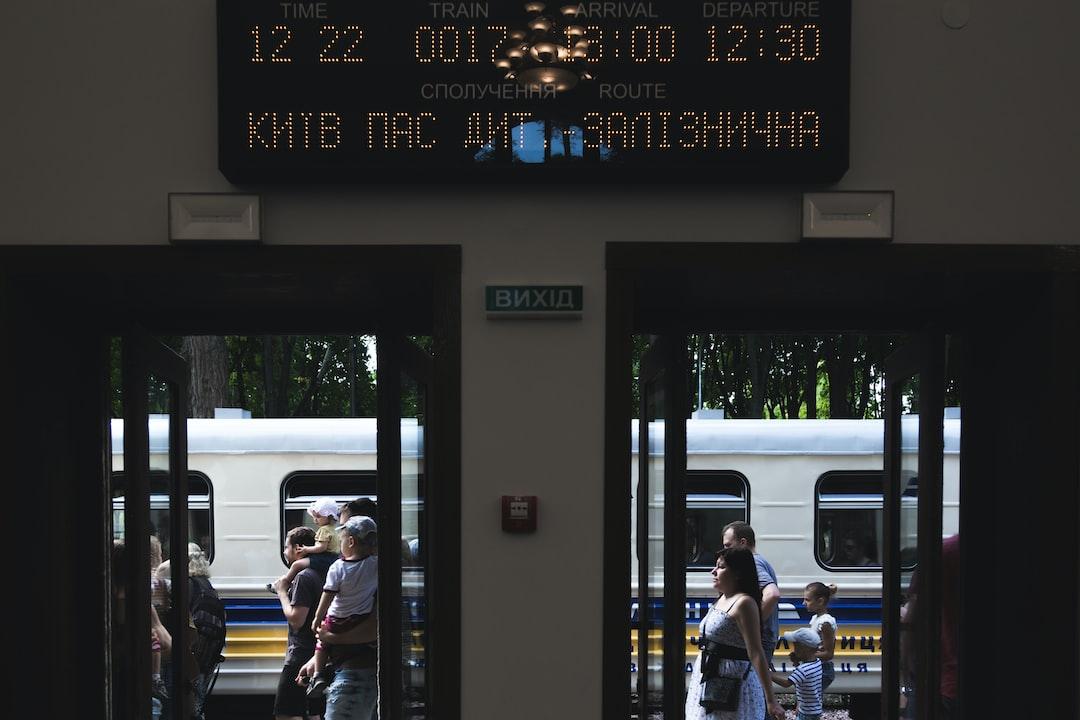Author |
Bankless
Translation | Golem

Bitcoin’s development has seen explosive growth. New concepts such as Ordinals, Runes, and BRC-20 are becoming the focus. This marks a significant shift in the Bitcoin ecosystem, transitioning from solely focusing on BTC as an asset to a more vibrant ecosystem for people to use, build, and speculate.
Within the Bitcoin ecosystem, L2 is now a hot topic. Everyone wants a piece of the Bitcoin L2 pie, but what exactly are we speculating on? In this article, we will take a global perspective on Bitcoin L2 and address key questions about Bitcoin L2: its necessity, current status, future prospects, and ultimate destination.
Why Bitcoin needs L2
The focus of Bitcoin’s network design is security and decentralization, but compromises have been made in its scalability. While this has made BTC a more valuable asset, it also means that the Bitcoin network is not the ideal infrastructure for building financial applications, as Ethereum has proven.
For the past decade, the Bitcoin community has been working to solve scalability issues. During peak on-chain transaction periods, fees have reached tens of dollars. Now, with the push of experiments like Ordinals, Runes, and BRC-20, the demand for Bitcoin block space has reached new heights:
Ordinals led to a 280% increase in Bitcoin fees within a year by December 2023.
Since the launch of Runes, it accounts for 68% of the total Bitcoin transaction volume.
BRC-20 has caused Bitcoin transaction fees to skyrocket multiple times in the past year, at one point accounting for 74% of block rewards.
The vision for Bitcoin is to become a universally accessible and widely used currency. To achieve this, it must scale to handle more transaction demand without burdening each transaction with high fees. The growing demand for Bitcoin block space highlights the necessity of scaling Bitcoin and reflects the inherent need for Bitcoin L2.
The current state of Bitcoin L2
The Bitcoin community has been actively working to improve transaction scalability for years. One significant development in this field is the Lightning Network, a payment channel protocol designed to facilitate faster and cheaper transactions by processing them off the Bitcoin mainnet. While the Lightning Network has long been the flagship solution for Bitcoin’s scalability vision, the community is increasingly aware of its limitations. There is a growing consensus that the Lightning Network may not be the ultimate scaling solution for Bitcoin, and that Bitcoin needs better L2.
Eric Wall discussed the necessity of improving L2 in a recent episode of Bankless, hinting at the possibility that Bitcoin’s scalability may surpass what the Lightning Network can provide.
The promise of BitVM’s trust minimization
Currently, the focus is on BitVM, a new model for executing Turing-complete contracts on Bitcoin that could pave the way for optimistic rollups on Bitcoin.
The community believes that BitVM has an edge over other scalability solutions primarily because of its compatibility with the Taproot upgrade. This means that BitVM can be deployed without further modifications to the Bitcoin network, preserving the existing rules of the Bitcoin network. It’s a win-win situation for various stakeholders in the Bitcoin community.
BitVM’s approach involves off-chain execution of transactions and on-chain verification of these transactions within a challenge window through fraud proofs, similar to Ethereum’s optimistic rollups.
This system can operate even with just one validator (Prover), but its trust assumption requires that there is always at least one honest validator who can detect and broadcast malicious transactions. However, this also means that if all validators are compromised, the integrity of Bitcoin will be threatened as attackers can publish fraudulent transactions on the network.

Simplified BitVM operation diagram. Source: The Bitcoin L2 Opportunity
BitVM only allows for trust-minimized Bitcoin L2, such as optimistic rollups, rather than trustless Bitcoin L2 like ZK-rollups. Additionally, similar to optimistic rollups on Ethereum, BitVM faces challenges such as lengthy dispute resolution and operators needing to lock a significant amount of capital to ensure sufficient liquidity for withdrawals.
Therefore, there is a degree of skepticism within the Bitcoin community about the practicality of BitVM. However, it is worth noting that BitVM is still in its early stages of development, and while not the most ideal solution, it holds promise for scaling Bitcoin through optimistic rollups.
The dream of Zero-Knowledge
So, what is the ultimate destination for Bitcoin L2? The answer is ZK-rollups.
However, building ZK-rollups on Bitcoin is not easy, and currently, it is not even technologically feasible… This would require changing the Bitcoin network through a soft fork, which is easier said than done. A soft fork would add a new opcode to Bitcoin that enables it to natively recognize and verify zero-knowledge proofs, thereby allowing for trustless interaction between Bitcoin and rollups. However, as mentioned earlier, this is a significant technical hurdle, and its feasibility remains uncertain.
Given this, while BitVM is still in its early stages and both optimistic rollups and ZK-rollups are currently not achievable on Bitcoin, why are there already so many Bitcoin L2 solutions in the Bitcoin ecosystem?
The reality is that true Bitcoin rollups do not exist technically. However, we can see that some teams are focused on laying the groundwork for future Bitcoin L2.

BOB’s phased approach to building Bitcoin L2. Source: BOB Official Website
For example, some rollup teams, like BOB, are taking a phased approach. They initially launch the ecosystem as an EVM rollup to attract users, TVL, and dApps, and then plan to transition to OP-rollups once BitVM technology matures. Ultimately, if Bitcoin undergoes a soft fork to add the necessary opcodes, they will evolve into ZK-rollups.
Conclusion
Hot market trends always bring many fraudulent projects. In this Bitcoin L2 frenzy, many projects falsely claim to be Bitcoin L2, so investors and users need to exercise caution. The question of whether projects claiming to be Bitcoin L2 are genuinely Bitcoin L2 or simply using the title to attract venture capital and retail investment remains unanswered.
Despite this reality, it is still an exciting time for the Bitcoin community. From the launch of Bitcoin spot ETFs marking institutional entry to new concepts like Ordinals, BRC-20, and Runes, the Bitcoin ecosystem is experiencing unprecedented growth and innovation.
The prospects of Bitcoin L2 add more anticipation to the future of Bitcoin.

